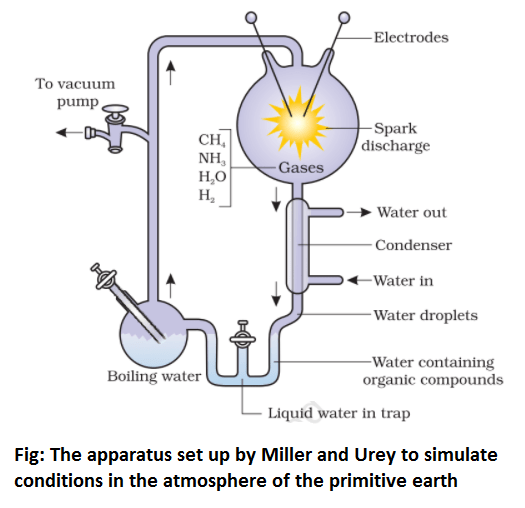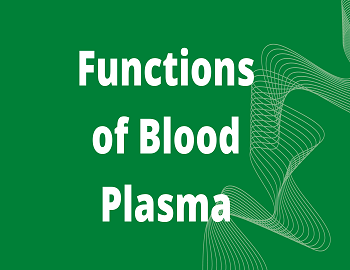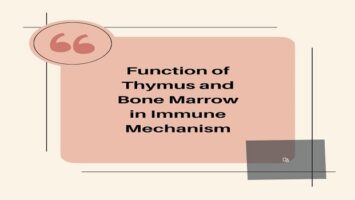Miller and Urey Experiment:

Stanley Miller (1953), a graduate student of Harold C. Urey designed an apparatus for simulating conditions prevalent on earth at the time of abiogenic evolution of organic substances. The apparatus had a spark chamber with two electrodes (for simulation of lightning), a flask for boiling (simulation for evaporation and circulation) and a condenser (simulation of raining and Haldane’s soup). A control apparatus was also prepared but without electrodes in the spark chamber. Miller used a mixture of methane, ammonia, hydrogen and water. The mixture was exposed to electric discharges, followed by condensation and then boiling. It was continued for 18 days. The experiment was repeated a number of times. The products were extracted and identified through chromatography. Miller was able to identify 15 amino acids (example- glycine, alanine, aspartic acid, glutamic acid), organic acids (example- lactic acid, succinic acid, propionic acid, acetic acid), a ribose sugar and purine adenine.
Using different combinations, UV light and other sources of energy, later workers have obtained a number of organic compounds. Nitrogen bases are formed if the starting combination contained HCN.
Significance Of Miller and Urey Experiment:
- The electrical discharges produced during lightning in the primitive atmosphere of earth containing hydrogen, ammonia, nitrogen and water vapour might have resulted in the formation of amino acids and other essential building blocks (Sugars, Nucleotides etc.) of living organisms could thus be formed on the primitive earth.
- The results of the Miller and Urey experiment provided support for the biochemical concept of the origin of life of Oparin and Haldane.
- Miller and Urey’s experiment demonstrates that it is possible to pass from inorganic to the biological organic level.
- It also shows that life first originated at the molecular level and later at the cellular level in the ocean.
- This experiment reveals the abiotic synthesis of organic molecules. This also shows that the presence of reducing atmosphere was essential for such abiotic synthesis.









Comments (No)